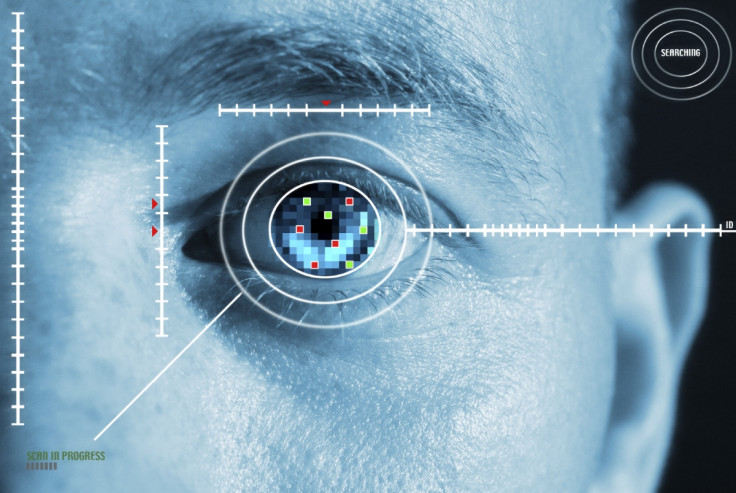More than 60% of Europeans are eager to use biometrics for secure payments, Visa study finds
"Consumers will have an increasing number of choices in how they pay," says Visa Europe executive director Jonathan Vaux.

As cybersecurity threats targeting the financial sector continue to rise and malicious hackers' techniques become bolder and more sophisticated, biometric technology is swiftly emerging as a promising solution to strengthen digital security and better secure payments. Over half of Europeans are ready to use the technology while making a payment, Visa research has found.
According to a recent Visa study surveying over 14,000 consumers across seven European countries, including the UK, more than two thirds (68%) of customers are interested in using biometric technology for payments. Almost three-quarters consider two-factor authentication a secure way to securely confirm an account holder, especially when a biometric is used together with a payment device, such as mobile phone or a card reader.
"Biometric identification and verification has created a great deal of excitement in the payments space because it offers an opportunity to streamline and improve the customer experience," said Jonathan Vaux, executive director of innovation partnerships at Visa Europe, in a statement. "However, one of the challenges for biometrics is scenarios in which it is the only form of authentication."
"It could result in a false positive or false negative because, unlike a PIN which is entered either correctly or incorrectly, biometrics are not a binary measurement but are based on the probability of a match. Biometrics work best when linked to other factors, such as the device, geolocation technologies or with an additional authentication method."
Given the dramatic increase in cybersecurity attacks and surge in digital identity and data theft, people are now more apprehensive about the security of websites they use to make online payments. About 31% of respondents admitted abandoning an online purchase altogether due to a website's payment security process.
"As we move into the future, consumers will have an increasing number of choices in how they pay," Vaux said. "Just as the payment behaviour will change dependent on where you are and on what device you are shopping, the methods of authentication will need to be use-case appropriate."
"While biometric forms of authentication offer significant opportunities to achieve the right balance between convenience and security, they are not the only answer. In the future we will see a mix of solutions dependent on the purchasing situation."
Regarding the type of biometric technology used, research found that consumers are more comfortable using fingerprint recognition due to its easy-to-use, secure nature. Around 81% of consumers preferred fingerprints over other forms of biometric authentication such as retinal scanning (23%), facial recognition (15%) and voice recognition (12%).
More than half of those surveyed said they preferred using fingerprints as a payment method over other types of biometric authentication.
The survey also found that European consumers were open to using biometric technology both in face-to-face payment situations as well as online transactions. While 48% said they wouldn't mind using it for payments while on public transport, 47% said they would opt for it to pay their bill at a restaurant or a bar.
While about 46% said they would use it to buy goods and services on the street to buy groceries, a cup of coffee or at fast food outlets, 40% said they would use it while shopping online. Around 39% said they would use while downloading content.
Multiple institutions have started to embrace new biometric security solutions for authentication since they are both easy to use, do not require one to remember any information such as a password, PIN or token and are much more difficult for hackers and digital pickpockets to fake.
In February, HSBC announced plans to launch voice and fingerprint recognition login systems for its internet banking customers. Barclays allows their corporate clients to use a biometric reader and voice recognition technology to easily and safely log in to their accounts. Citi also deployed a similar feature for its own customers across the Asia Pacific region.
Other interesting solutions developed so far include using brain waves, ear shape, walking gait, vein patterns and even the sound of one's skull to confirm one's identity.
© Copyright IBTimes 2024. All rights reserved.





